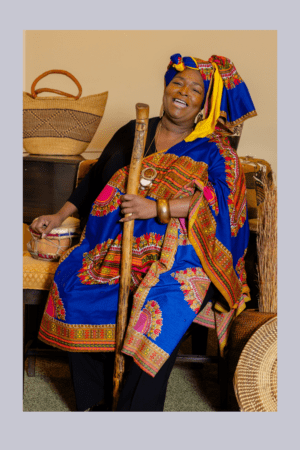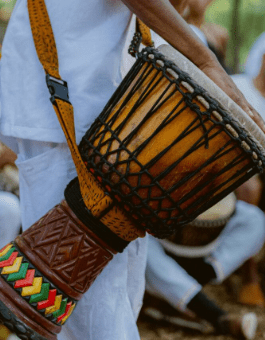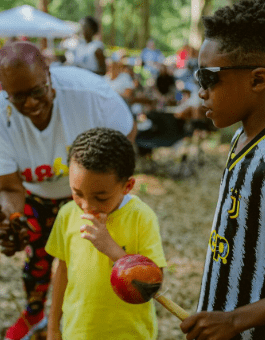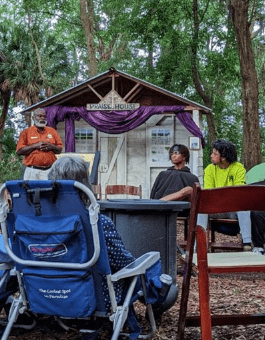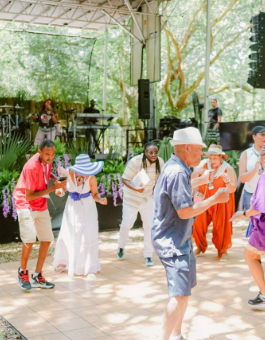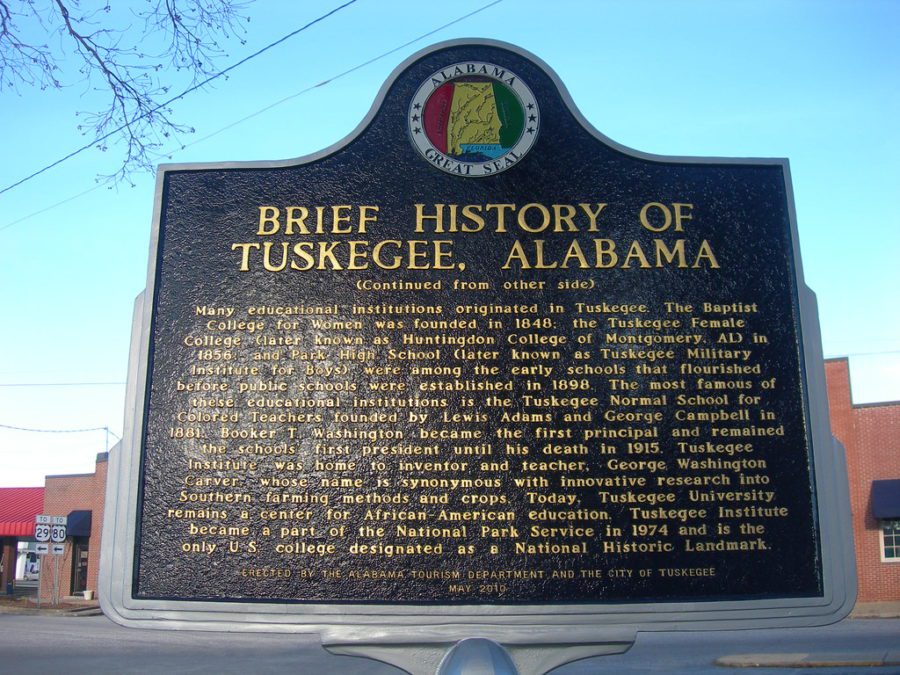
On July 6, 2018, the National Trust announced its first class of grant award recipients in conjunction with the newly established African American Cultural Heritage Action Fund at a gathering of hundreds of thousands of people at the annual Essence Festival in New Orleans.
The Action Fund is a $25 million multi-year national initiative aimed at uplifting the largely overlooked contributions of African Americans by protecting and restoring African American historic sites and uncovering hidden stories of African Americans connected to historic sites across the nation. As part of this mission, the National Trust’s Action Fund awarded a total of more than $1 million in grants to support grassroots efforts to preserve sites across the country.
Grants were given across four categories: capacity building, project planning, capital, and programming and interpretation.
6 Grants Awarded to Historic Southern Site with the African American Cultural Heritage Action Fund
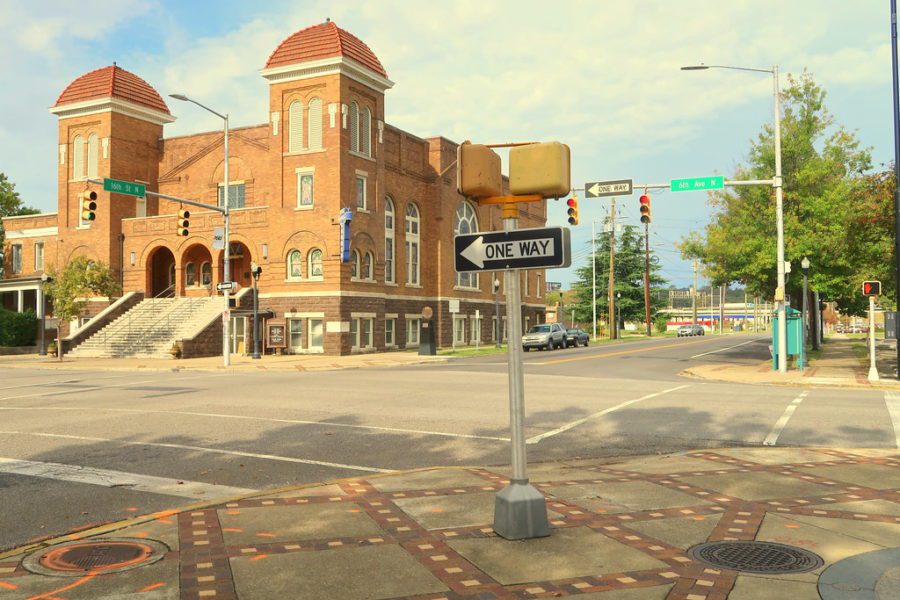
Civil Rights Sites of Birmingham City of Birmingham
Birmingham, Alabama. These sites, including the 16th Street Baptist Church, Bethel Baptist Church, and Colored Masonic Temple, are places where Rev. Shuttlesworth, Dr. Martin Luther King Jr., Rev. Ralph Abernathy, and Foot Soldiers broke the back of segregation and changed the world.
Freedom House Museum and Virginia National Urban League Headquarters Office of Historic Alexandria & Northern Virginia Urban League
Alexandria, Virginia. Located in the basement level of one of the largest and most infamous slave trading operations in the world, this museum tells the story of the Virginia slave trade. The building is now owned by the Virginia National Urban League.
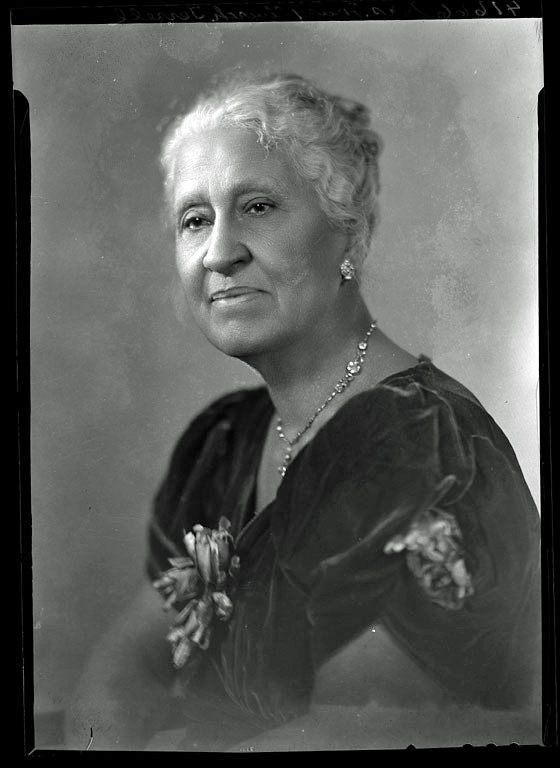
The Grand Old Lady National Association of Colored Women’s Club, Inc. and Youth Affiliates
Washington, D.C. Purchased in 1954 by the National Association of Colored Women’s Clubs Inc. (NACWC), The Grand Old Lady is the first permanent location of the NACWC, where it continues as the home for its administrative offices and historic documents and artifacts as well as a space for special events and meeting space for the D.C. club. The NACWC, founded by Josephine St. Pierre Ruffin, Mary Church Terrell, Harriet Tubman, and others, is seen by many as the founding organization for the black preservation movement, when in 1917 they appealed to citizens of Washington, D.C. to save Cedar Hill, the home of abolitionist Frederick Douglass.
Mars Hill Anderson Rosenwald School The Madison County Education Foundation and Historic Anderson Rosenwald Rehabilitation Project
Marshall, North Carolina. In 1928, this two-room school building was constructed with the assistance of Rosenwald funds. The Mars Hill Anderson Rosenwald School is an example of the historic Rosenwald schools program, recognized as one of the most important partnerships to advance African American education in the early 20th century.
Shockoe Bottom Preservation Virginia
Richmond, Virginia. A national center of the U.S slave trade in the 19th century, Shockoe Bottomwas home to a collection of auction houses, offices, slave jails, and residences of the prominent slave traders. Today, much of that history has since been razed and paved over, its archaeological resources largely unexcavated, making Shockoe Bottom an internationally significant opportunity for interpretation as a Site of Conscience.

Tuskegee University Rosenwald School Program Tuskegee University Department of Architecture
Tuskegee, Alabama. In 1881, Hampton Institute graduate and a former slave, Booker T. Washington, was assigned the role of establishing a school, without land, faculty or students. From its humble beginnings in one room near Butler Chapel AME Zion Church in Tuskegee, Alabama, Tuskegee University’s campus was built into a world-renowned institution. Tuskegee University is working to teach preservation trades to a new generation, continuing the legacy of Booker T. Washington, and creating a new generation of black architects and preservationists.



